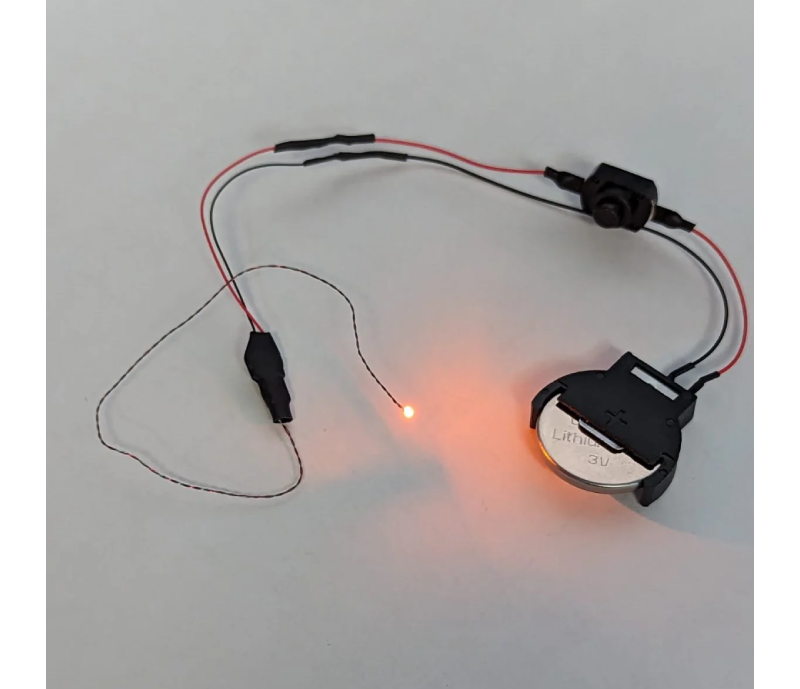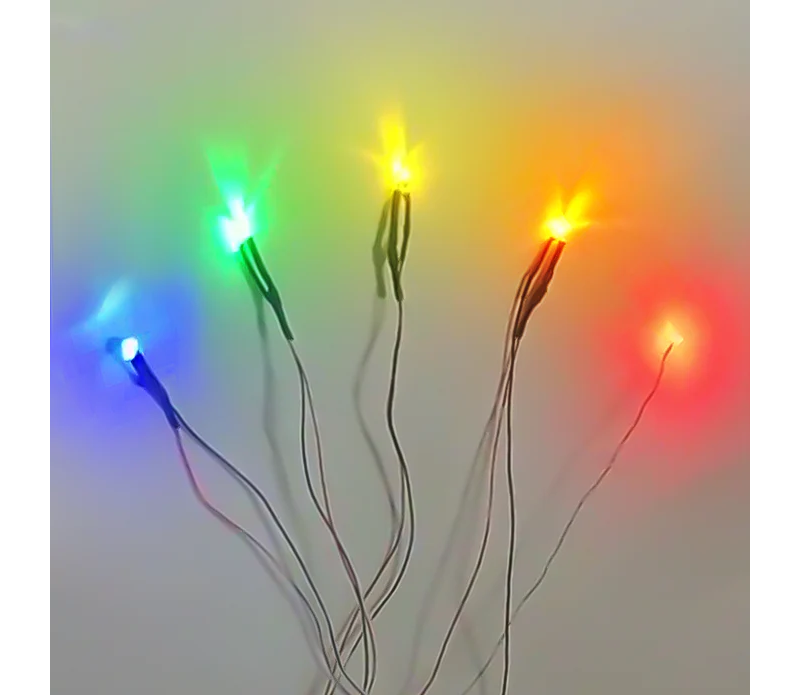The Ultimate Guide to LED Art Lights for Artists and Collectors provides an in-depth look into the significance of proper lighting in the art world. Whether you’re an artist looking to showcase your work in the best light or a collector wanting to display your prized pieces, the right lighting can make all the difference. This guide explores the benefits of LED art lights, how to choose them, their impact on artwork presentation, and essential tips for installation and maintenance. By the end, you’ll understand how to optimize your art display with the perfect lighting.
Why Do LED Art Lights Are Essential For Artists And Collectors?
LED art lights are a crucial tool for artists and collectors because they offer superior illumination that enhances the visual appeal of artwork. Unlike traditional lighting, LEDs emit minimal heat, reducing the risk of damage to delicate pieces. They provide consistent, high-quality light that brings out the true colors and details of a painting or sculpture. For collectors, LED lights can prolong the life of valuable pieces by minimizing exposure to harmful UV rays. Artists benefit from accurate color representation, allowing them to see and present their work as intended.

Choosing The Best LED Art Lights For Your Masterpieces
Selecting the best-LED art lights requires careful consideration of several factors, including color temperature, brightness, and beam angle. The right color temperature, usually between 3000K and 4000K, ensures that artwork is displayed in its true colors without any unwanted tints. Brightness should be adjustable to cater to different types of art, from delicate watercolors to bold oil paintings. The beam angle determines how light is distributed across the artwork, and choosing the right one can highlight specific details or evenly illuminate the entire piece, making your masterpiece stand out.
How do LEDArt Lights Enhance The Presentation Of Artwork?
LED art lights significantly enhance the presentation of artwork by providing clear, focused lighting that highlights the finest details and vibrant colors of each piece. Unlike fluorescent or incandescent bulbs, LEDs do not alter the color of the artwork, allowing the true hues to shine through. The directional nature of LED lights helps in creating dramatic effects, such as accentuating texture or emphasizing specific areas of the artwork. Additionally, the ability to control the intensity and placement of LED lights allows artists and collectors to create a tailored viewing experience, elevating the overall aesthetic.
Understanding Different Types Of LED Art Lights
Understanding the different types of LED art lights is essential for selecting the right option for your artwork. There are track lights, which offer flexibility in directing light to specific areas, and recessed lights, which provide a clean, unobtrusive look while still delivering focused illumination. Wall-mounted picture lights are popular for highlighting individual pieces, while freestanding lamps can be adjusted to suit various display needs. Additionally, some LED lights come with dimming capabilities, allowing you to control the brightness to match the mood or time of day, ensuring your art is always shown in the best possible light.
Installation Tips For Optimal LED Art Light Placement
- Proper installation of LED art lights is crucial to achieving the best visual impact and protecting your artwork. Start by determining the right height for the lights, which is typically between 30 to 36 inches above the art piece.
- The angle of the light should be adjusted to reduce glare and ensure even illumination across the entire surface of the artwork.
- For multiple pieces, consider using track lighting for flexibility in positioning. It’s also important to avoid placing lights too close, as this can cause heat buildup. Proper installation will enhance the art’s appearance and prolong its longevity.
Benefits Of Using LED Art Lights In Your Art Studio
Using LED art lights in your art studio offers numerous benefits that can improve your creative process. LED lights provide consistent, flicker-free illumination, reducing eye strain and allowing you to work for longer periods. Their accurate color rendering ensures that the colors you see while creating are true to life, which is essential for achieving the desired outcome in your work. LEDs are also energy-efficient, consuming less power and generating less heat, which helps maintain a comfortable studio environment. Additionally, their long lifespan means you’ll spend less time and money on replacements.
How To Maintain And Clean Your LED Art Lights For Longevity?
Maintaining and cleaning your LED art lights is essential for ensuring their longevity and optimal performance. Regularly dust the lights with a soft, dry cloth to prevent the buildup of dust and dirt, which can reduce light output and affect the quality of illumination. For deeper cleaning, use a damp cloth, but be sure to avoid using harsh chemicals or water near electrical components. Periodically check the fixtures and connections to ensure they remain secure and free from damage. Proper maintenance not only extends the lifespan of your LED lights but also keeps your artwork looking its best.
Conclusion
LED art lights are an indispensable tool for both artists and collectors, offering the perfect blend of functionality, efficiency, and aesthetics. By choosing the right type of LED light and installing it properly, you can significantly enhance the visual impact of your artwork, ensuring it is presented in the best possible way. Regular maintenance will keep your LED lights in top condition, prolonging their lifespan and ensuring consistent, high-quality illumination. With the insights provided in this guide, you can make informed decisions about your lighting setup, transforming your art space into a showcase for creativity and beauty.
